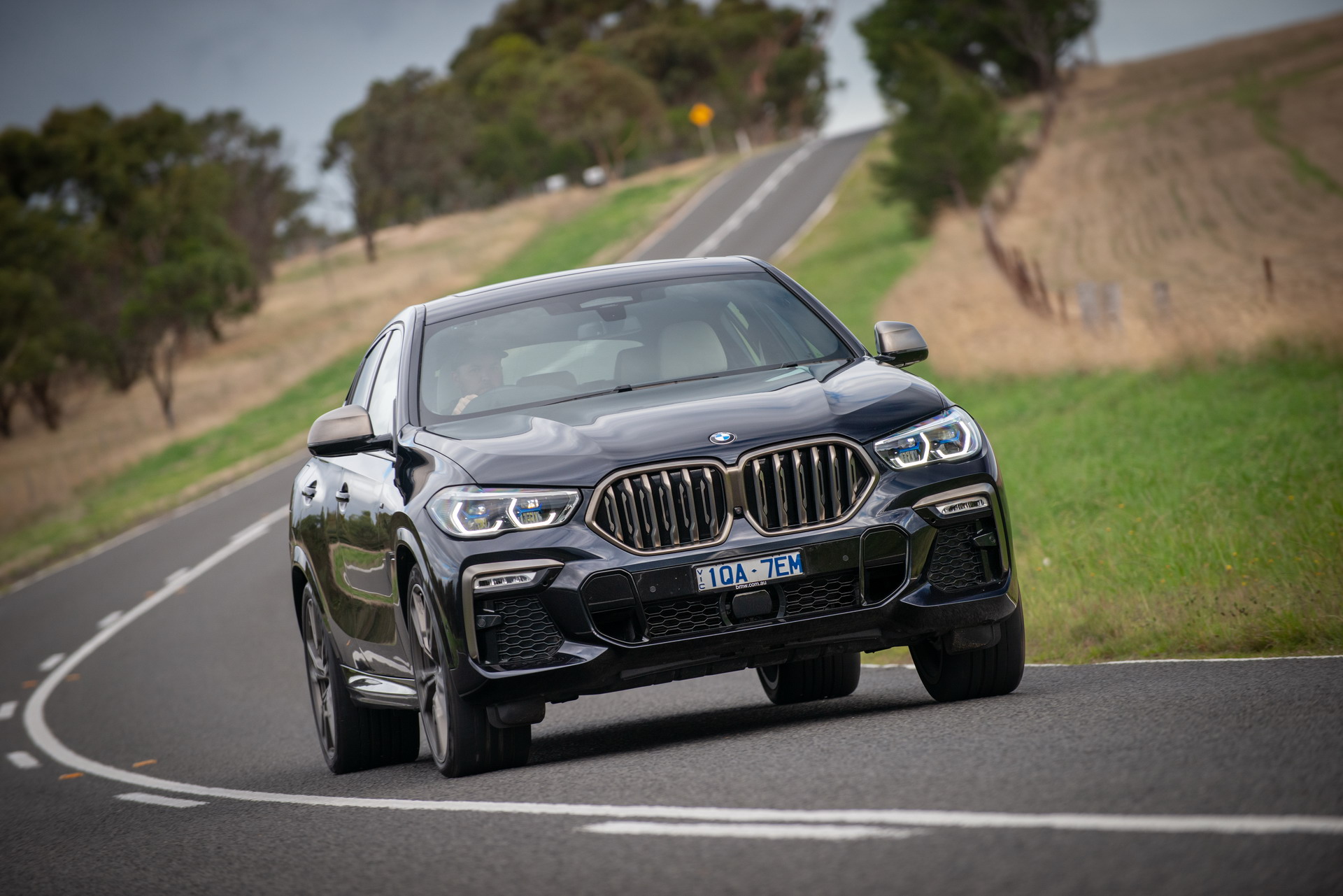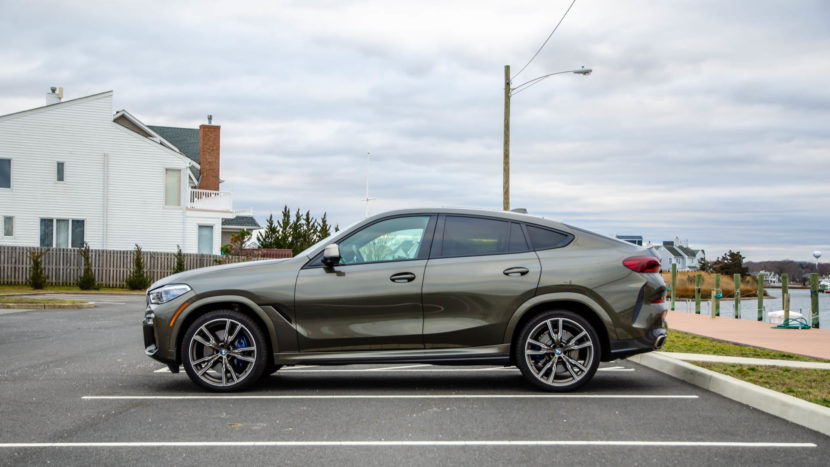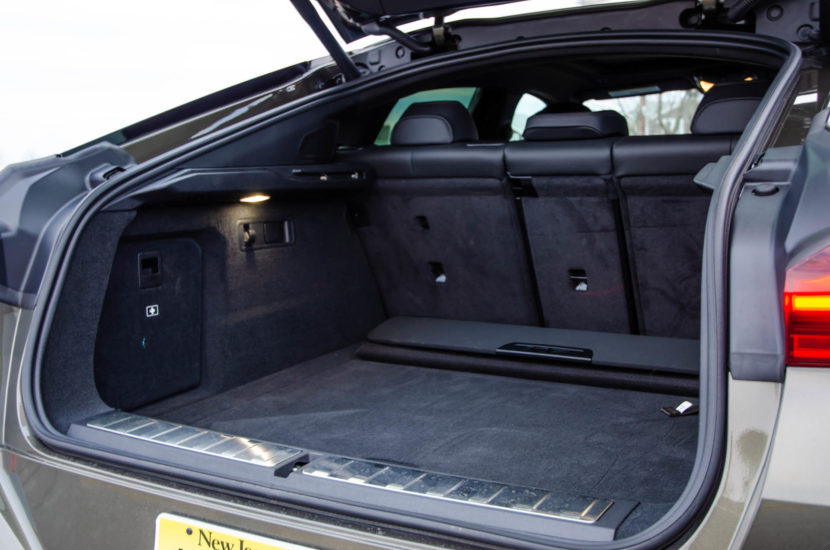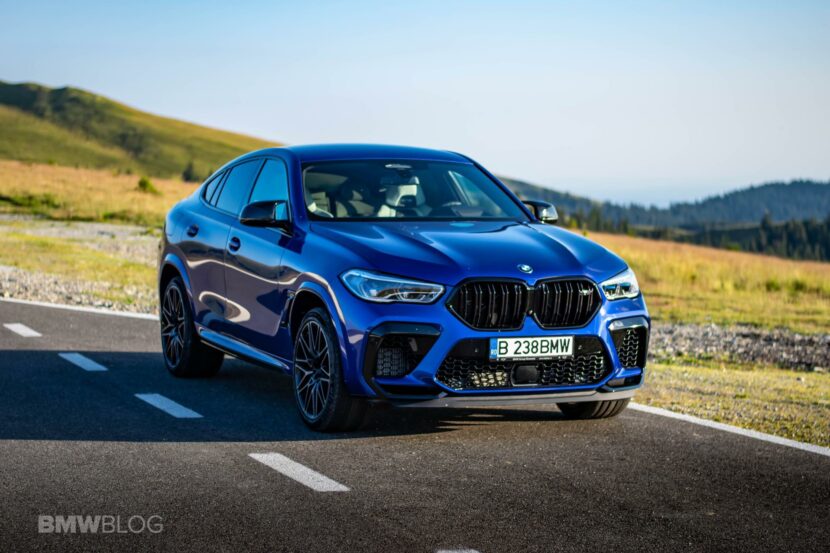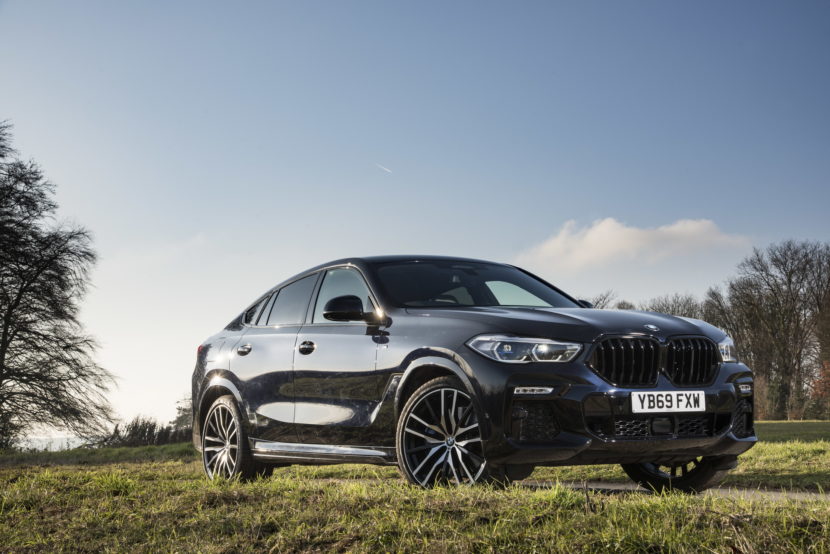Since its debut, back in the late ’00s, the BMW X6 has always been the odd duck in the BMW SUV lineup. It’s about the same size as the X5 but less practical, stranger looking, and even a bit more expensive than its more traditional sibling. Despite that, though, each generation has sold remarkably well, which means many customers find it worth its price premium. Let’s find out if you should be one of them.
Honestly, the differences between the BMW X5 and X6 aren’t vast. They’re based on the same chassis, use the same powertrains, and have almost identical interiors. However, the experience of actually driving and living with the X6 is quite a bit different than with the X5. So let’s break down those differences to see if the X6 is right for you.
Design
Design is obviously the most noticeable difference. With its “SUV Coupe” shape, the BMW X6 trades practicality for style. Love it or hate it — and it certainly has plenty of BMW fans in both camps — the X6 is sportier and more aggressive looking than its X5 sibling.
Its aggressively raked roofline and more squared-off fenders give it a butch, muscular look, compared to the X5’s much more traditional design. It also has entirely different kidney grilles, which are sharper and sportier, and larger front air intakes. There’s no denying the added road presence the X6 has over the X5, though it certainly isn’t for everyone.
Practicality
This is a direct result of the design. Because its roofline is far lower in the rear, the BMW X6 lacks a significant amount of rear passenger headroom and rear cargo space, compared to the X5. That might not matter much to the style-forward customers that buy cars like the X6 but it’s important to note for any customer looking for an SUV. If you don’t know which one to get, the X6’s style certainly sacrifices practicality.
Driving Dynamics
Honestly, both cars feel very similar on the road, as well they should. They share the same powertrain options, the same chassis, and mostly the same suspension components. The BMW X6 feels a bit lower to the ground than the X5 and it does feel a touch sportier but the differences are marginal. Everything the X6 can do, the X5 can do as well, so you won’t notice much of a difference, regardless of what the salesman might tell you.
Having said that, both cars drive surprisingly well for SUVs. Which means the X6 is still sporty for such a big vehicle. All powertrain options offer excellent performance; from the 335 horsepower 3.0 liter turbo-I6 (xDrive40i), to the 523 horsepower 4.4 liter twin-turbo V8 (M50i), all the way up to the 617 horsepower 4.4 liter twin-turbo V8 (X6 M Competition). And all X6 models handle well, with accurate steering, strong brakes, and sporty suspensions.
Air suspension-equipped models also ride remarkably well and offer height adjustments, so you can crawl over some gravely pavement in its highest setting, or drop it as low as possible for sporty driving.
Should You Buy a BMW X6?
The decision about whether to buy a BMW X6 or an X5 is simple, it comes down to design versus practicality. The X6’s design seems to create binary reactions; people either love it or hate it. There are very few people on the fence about it. If you love the style, and can live with its lack of interior space, then the BMW X6 is a great option and will honestly be the best option for you. If not, the X5 offers almost all of the same driving qualities but looks more traditional and comes with extra cargo space.


